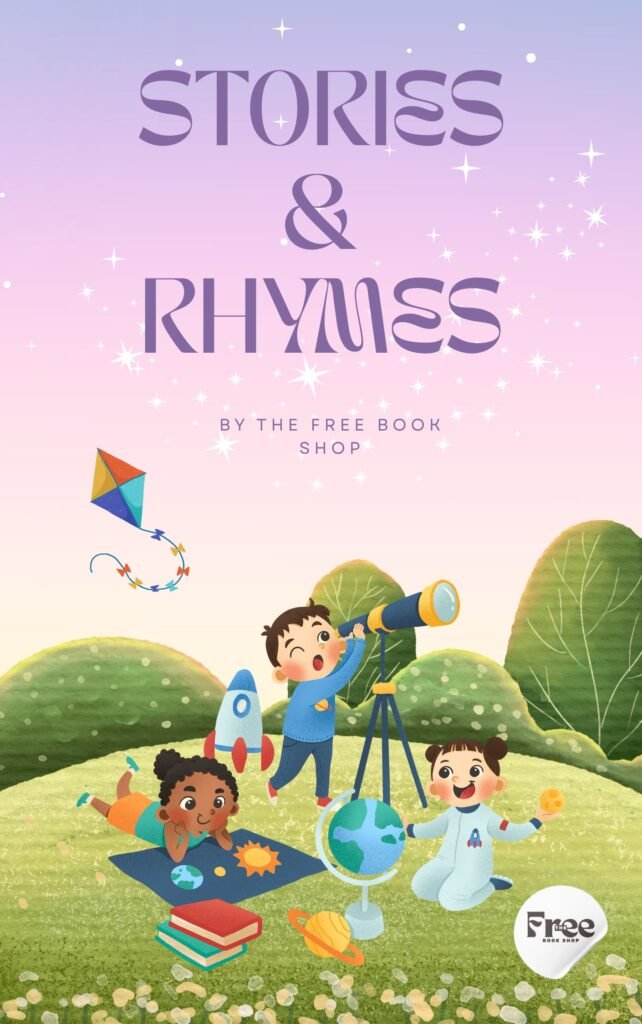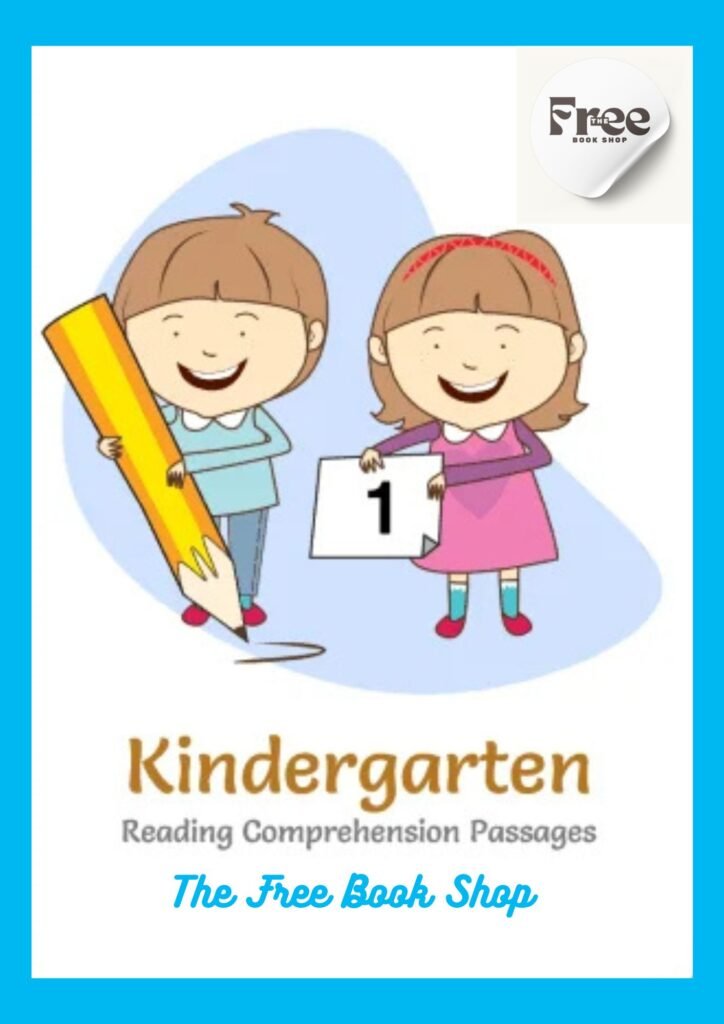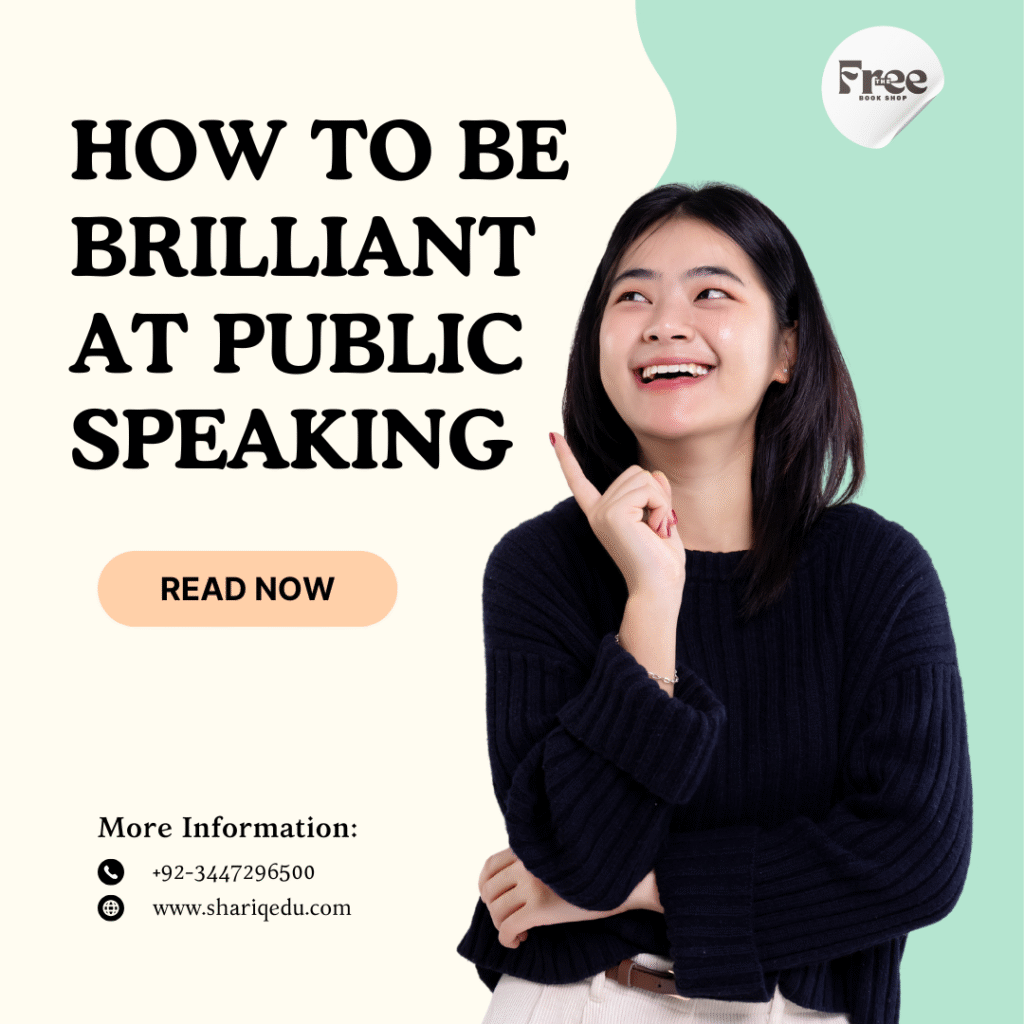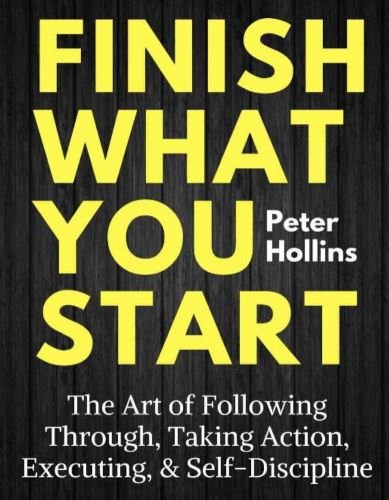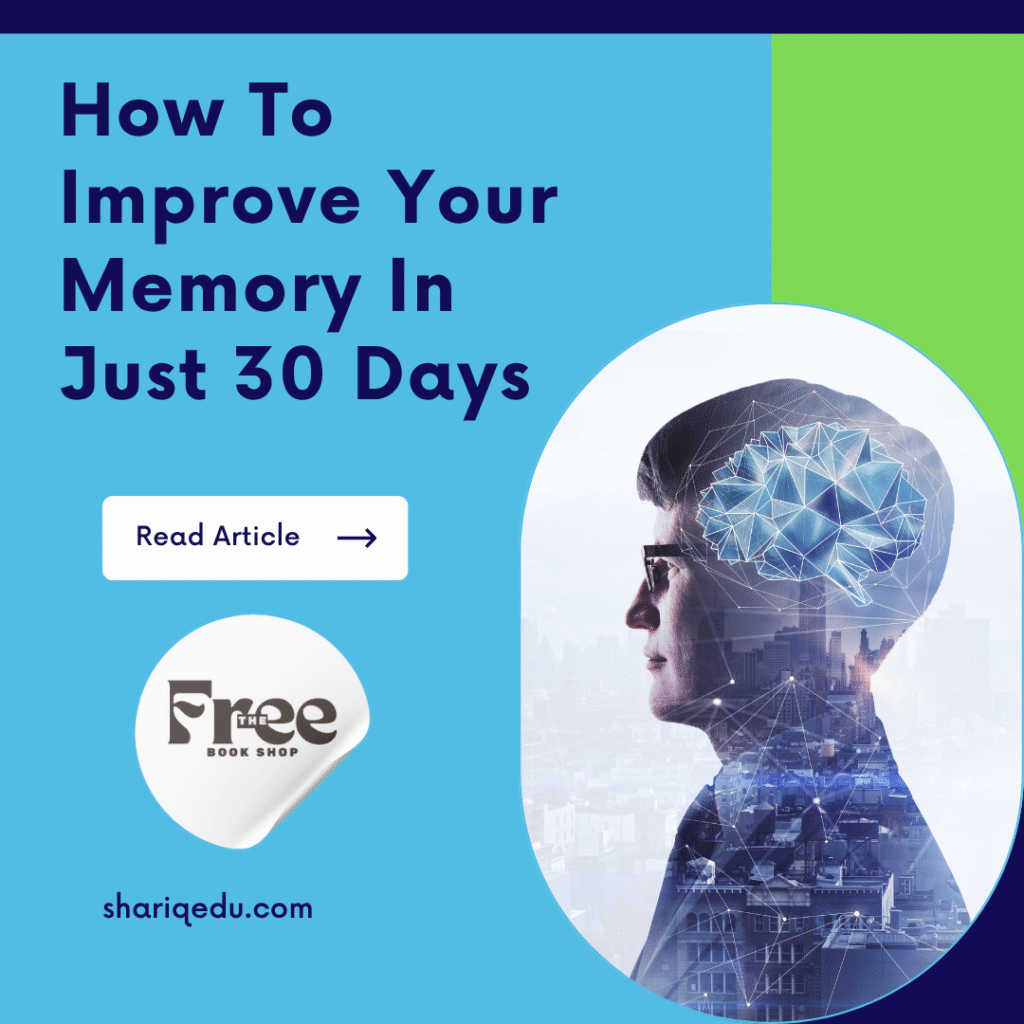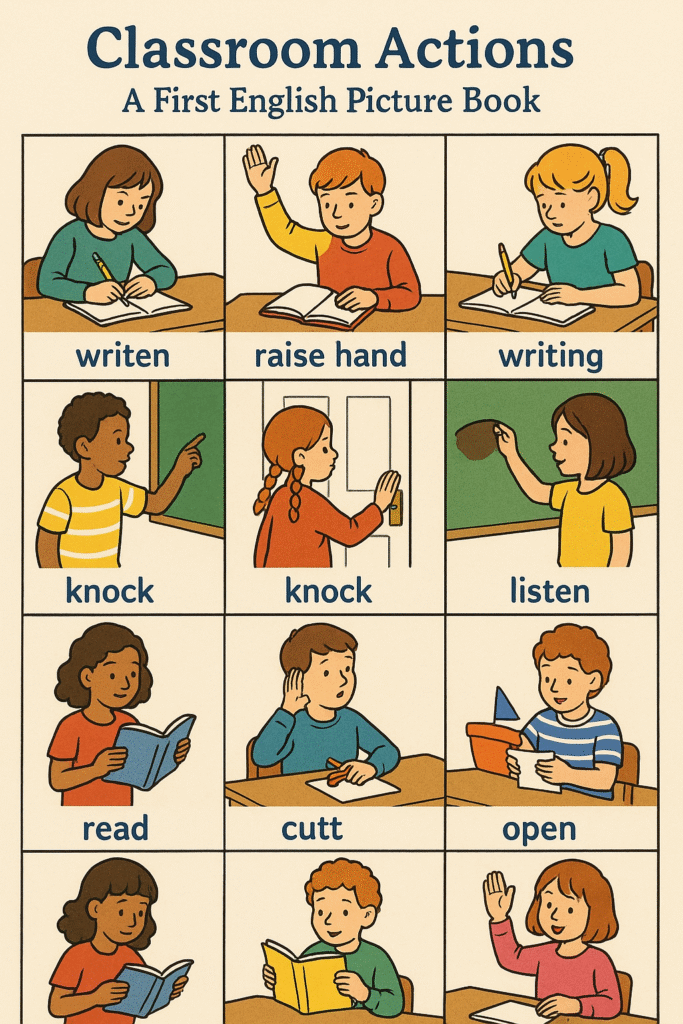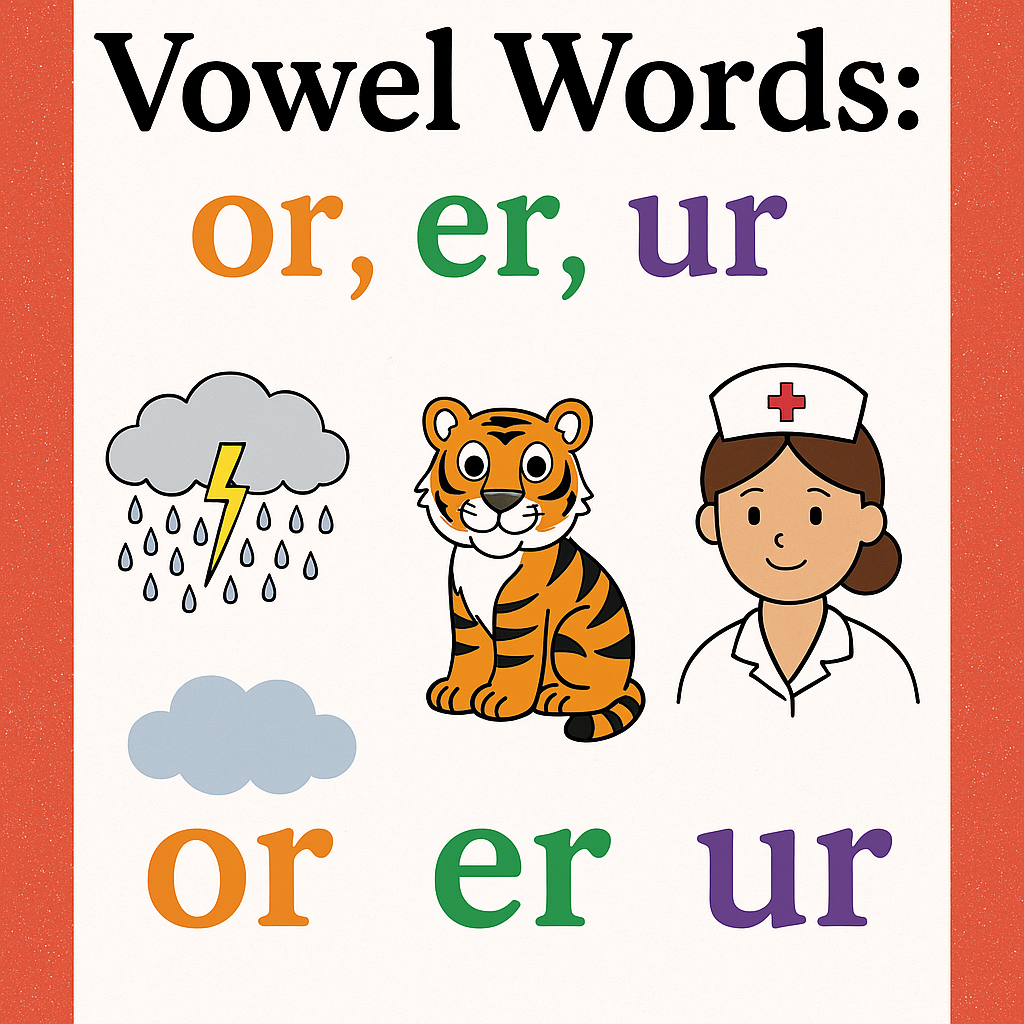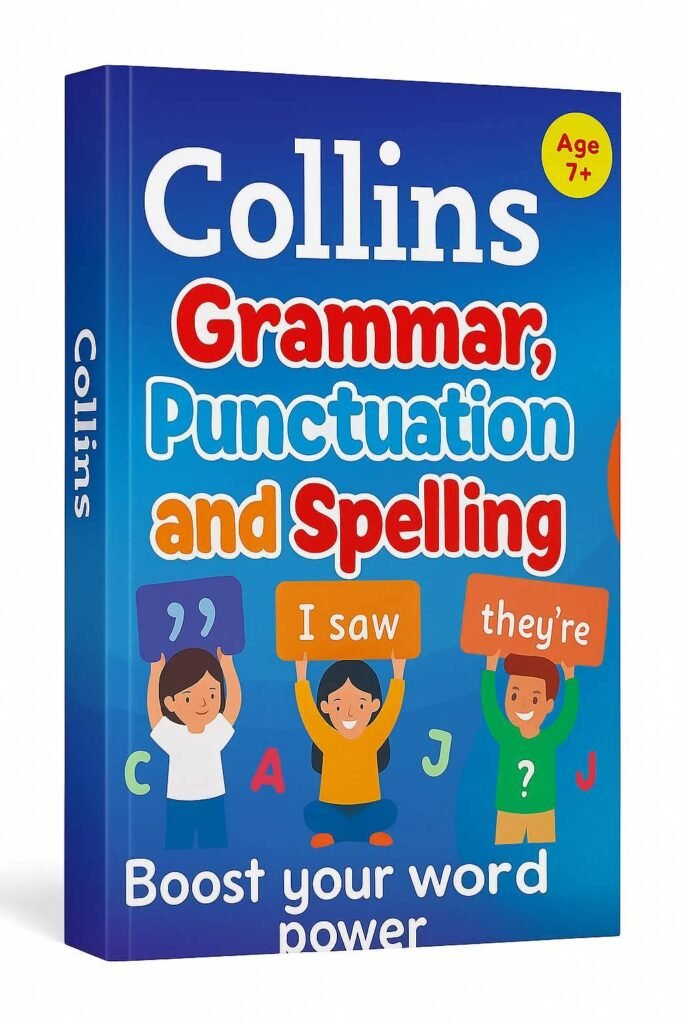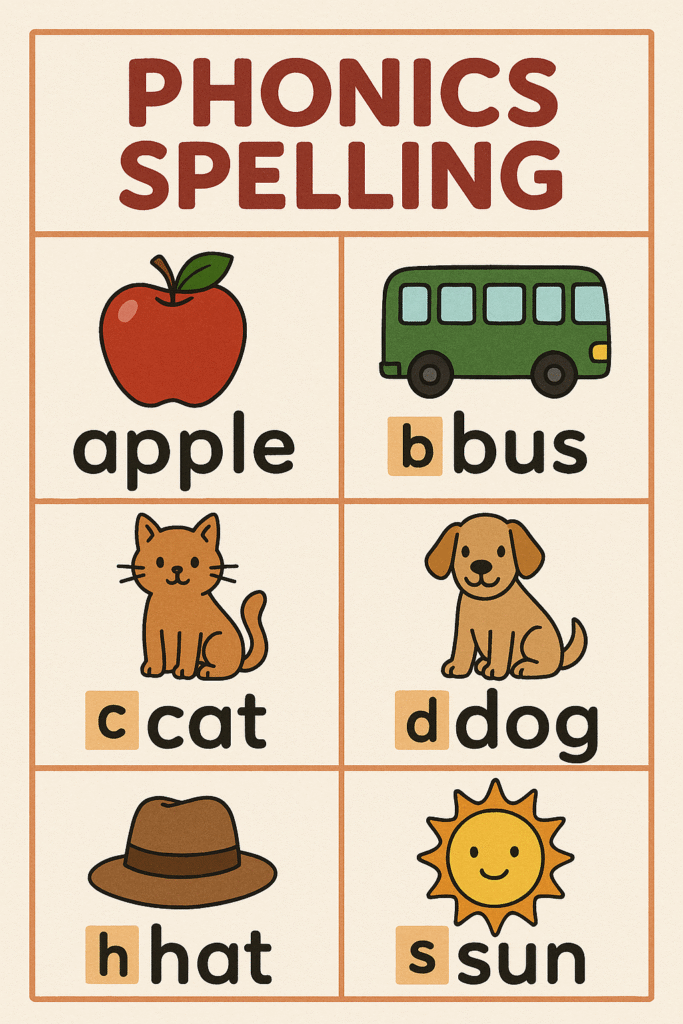
Page 1: Introduction to Comprehension Strategies
Comprehension strategies are essential tools for English language learners to improve their reading skills. These strategies help learners to understand, interpret, and analyze texts. Effective comprehension strategies enable learners to engage actively with texts, build vocabulary, and develop critical thinking skills.
Page 2: Activating Prior Knowledge
Activating prior knowledge is a crucial strategy for English language learners. It involves connecting new information to existing knowledge or experiences. This strategy helps learners to make sense of new texts and build on their existing understanding.
Page 3: Visualizing
Visualizing is a powerful strategy that involves creating mental images of the text. This strategy helps learners to engage with the text, remember key details, and improve comprehension. Visualizing can be achieved through the use of descriptive language, illustrations, or diagrams that stimulate learners’ imagination and creativity. By creating mental images, learners can better understand and retain information, and develop a deeper appreciation for the text.
Page 4: Questioning
Questioning is an effective strategy that involves generating questions about the text. This strategy helps learners to engage actively with the text, clarify doubts, and build critical thinking skills. Questioning can be achieved through various techniques, including self-questioning, peer questioning, or teacher-led discussions. By generating questions, learners can identify areas of confusion, explore new ideas, and develop a deeper understanding of the text.
Page 5: Summarizing
Summarizing involves condensing the main ideas of the text into a shorter form. This strategy helps learners to identify key points, understand the structure of the text, and retain information. Summarizing can be achieved through various techniques, including written summaries, oral presentations, or graphic organizers. By summarizing the text, learners can clarify their understanding, identify areas of confusion, and develop a deeper appreciation for the main ideas.
Page 6: Inferencing
Inferencing involves making educated guesses about the text based on available information. This strategy helps learners to engage actively with the text, build critical thinking skills, and improve comprehension.
Page 7: Identifying Main Ideas
Identifying main ideas involves determining the central idea or message of the text. This strategy helps learners to understand the structure of the text, focus on key points, and retain information.
Page 8: Supporting Details
Supporting details involve identifying the evidence or examples that support the main idea. This strategy helps learners to understand the structure of the text, build critical thinking skills, and improve comprehension.
Page 9: Making Connections
Making connections involves linking the text to personal experiences, other texts, or real-life situations. This strategy helps learners to engage actively with the text, build empathy, and improve comprehension.
Page 10: Synthesizing Information
Synthesizing information involves combining new information with existing knowledge to create new understanding. This strategy helps learners to build critical thinking skills, engage actively with the text, and improve comprehension.

Page 11: Evaluating Information
Evaluating information involves assessing the credibility, relevance, and usefulness of the text. This strategy helps learners to build critical thinking skills, engage actively with the text, and improve comprehension.
Page 12: Strategies for Fiction and Non-Fiction Texts
Strategies for texts include visualizing, making connections, inferencing, identifying main ideas, and supporting details. These strategies help learners to engage actively with the text, build empathy, and improve comprehension.
Page 13: Strategies for Diverse Learners
Strategies for diverse learners include activating prior knowledge, building vocabulary, and encouraging active reading. These strategies help learners to engage actively with the text, build confidence, and improve comprehension.
Page 14: Building Vocabulary and Encouraging Active Reading
Building vocabulary involves learning new words, phrases, and idioms. Encouraging active reading involves engaging learners in discussions, debates, and role-plays. These strategies help learners to improve comprehension, communicate effectively, and build confidence.
Page 15: Conclusion
Comprehension strategies are essential tools for English language learners to improve their reading skills. By using these strategies, learners can engage actively with texts, build vocabulary, and develop critical thinking skills. Effective comprehension strategies enable learners to succeed in academic and professional settings.
Keywords:
- Comprehension
- Strategies
- English Language Learners (ELLs)
- Reading Skills
- Vocabulary Building
- Active Reading
- Critical Thinking
- Text Analysis
- Learning Strategies
- Literacy Development






